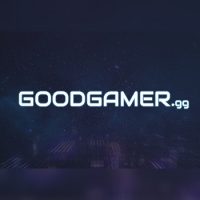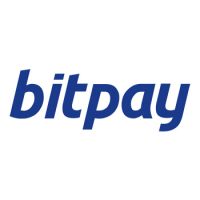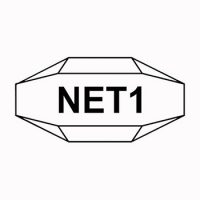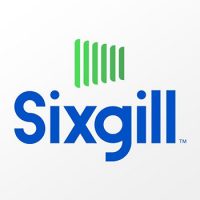Blockchain
Intriguing Ways Blockchain Explorers Can Bridge Different Blockchains: The Future of Interoperability

The current blockchain landscape is fragmented, with numerous blockchains operating independently. This lack of interoperability hampers the free flow of information and assets, limiting the technology’s full potential. However, blockchain explorers are emerging as a hopeful solution. By enhancing their functionalities, these explorers could play a pivotal role in connecting different blockchains in 2024 and beyond.
Understanding the Interoperability Challenge
Blockchain interoperability refers to the ability of different blockchains to communicate and exchange data with each other. Achieving true interoperability is crucial for several reasons:
- Fragmented Ecosystem: Without interoperability, isolated blockchains restrict innovation and collaboration across the blockchain space.
- Limited User Experience: Users must navigate multiple wallets and interfaces for different blockchains, complicating accessibility and user experience.
- Restricted Asset Flow: The inability to seamlessly transfer assets between blockchains creates inefficiencies and limits the growth of decentralized finance (DeFi).
The Rise of Blockchain Explorers as Bridges
The blockchain ecosystem is vibrant yet fragmented, with numerous blockchains operating with distinct protocols and functionalities. This fragmentation creates a significant challenge: how do users interact with assets and information across these disparate chains? Blockchain explorers are stepping up as unsung heroes, acting as bridges to connect these isolated data islands.
The Blockchain Archipelago: A Sea of Isolated Chains
Imagine a vast archipelago where each island represents a unique blockchain. Each island has its own currency, laws (protocols), and inhabitants (applications). While some islands are bustling metropolises (like Ethereum), others are quaint villages (niche blockchains). Traditionally, interaction between these islands has been limited. Users with assets on one chain couldn’t easily use them on another, restricting the flow of information and innovation and hindering overall ecosystem growth.
Enter the Blockchain Explorer: A Lighthouse in the Digital Sea
Blockchain explorers act as lighthouses, guiding users through the blockchain archipelago. These web applications allow users to view and interact with blockchain data, functioning as powerful search engines:
- Track Transactions: Explore blockchain transactions, providing transparency and accountability. Users can see fund movements, smart contract interactions, and identify suspicious activities.
- View Wallet Balances: Check the balance of any address on the blockchain, regardless of the coin or token held. This helps users track their holdings and those of others (with public addresses).
- Explore Block Data: Delve into the details of each block on the blockchain, including timestamps, transaction details, and miner information, offering a granular view of blockchain activity.
- Interact with DApps: Some explorers allow interaction with Decentralized Applications (DApps) built on the blockchain, bridging the gap between explorers and DApp user interfaces.
Beyond Basic Functionality: Advanced Features Light the Way
Modern blockchain explorers go beyond basic functionalities, offering advanced features that further enhance their role as bridges:
- Multi-Chain Support: Leading explorers support multiple blockchains, allowing users to seamlessly switch between chains and view their assets in one place.
- Search and Analytics: Advanced search functions enable users to filter and query blockchain data easily. Analytical tools provide insights into network activity, transaction patterns, and token behavior.
- Smart Contract Verification: Explorers can verify the code of smart contracts, fostering trust and transparency in their functionality. This helps users make informed decisions before interacting with DApps.
- Block Visualization: Interactive block visualizations provide a clear picture of how blocks are interconnected, aiding in understanding the blockchain’s structure.
The Future of Blockchain Explorers: Building Bridges of Trust
The rise of blockchain explorers signifies a crucial shift in the blockchain landscape. As the number of blockchains continues to grow, explorers will play a central role in bridging the gaps between them. Their ability to provide transparency, facilitate interaction, and enhance security will be paramount for the continued growth and adoption of blockchain technology.
Here are some exciting possibilities for the future of blockchain explorers:
- Cross-Chain Transactions: Explorers could evolve to facilitate direct transactions between different blockchains, eliminating the need for centralized exchanges.
- Real-Time Data: Real-time data visualization could provide a dynamic view of blockchain activity, allowing for better decision-making and risk assessment.
- Identity Management: Explorers could integrate with decentralized identity solutions, enabling secure and portable user identities across different blockchains.
By acting as bridges of information and interaction, blockchain explorers are poised to play a vital role in unifying the fragmented blockchain landscape. As this technology continues to evolve, explorers will undoubtedly become more sophisticated, illuminating the path towards a more interconnected and prosperous blockchain future.
Also Read: Can Applications Communicate Over Blockchains? Unraveling The Interoperability Challenge In Decentralized Systems
Emerging Technologies for Interoperability
The promise of blockchain technology lies in its potential to revolutionize how we interact with value and information. However, the current landscape presents a fragmented picture, with numerous blockchains operating in silos. This lack of interoperability hinders the free flow of data and assets, limiting the true potential of the technology. But on the horizon, a new wave of technologies is emerging, poised to transform blockchain explorers into the linchpins of a connected future.
The Interoperability Challenge: Islands of Innovation
Imagine a world map where continents represent blockchains. Each continent, with its unique topography (protocols), flora (applications), and fauna (tokens), thrives in isolation. While some continents boast robust ecosystems (Ethereum), others remain nascent, unexplored territories (niche blockchains). The challenge lies in establishing bridges between these continents, enabling seamless exchange of resources and fostering collaboration.
Bridging the Gap: Interoperability Protocols
Interoperability protocols are emerging as game changers, acting as underwater tunnels connecting the continents and facilitating communication and data exchange between different blockchains. Some leading contenders include:
- Cross-Chain Communication Protocols (CCPs): These protocols establish direct communication channels between blockchains, allowing for the secure transfer of data and assets. Examples include Cosmos IBC, Polkadot, and LayerZero.
- Inter-Blockchain Communication (IBC): This application-level protocol enables communication between sovereign blockchains, fostering a modular and scalable blockchain ecosystem.
- Sidechains and Plasma Chains: These are specialized blockchains that operate alongside a main chain, enabling faster transactions and experimentation with different functionalities.
- Oracles: These act as trusted intermediaries, bringing off-chain data (like real-world prices) onto the blockchain, enabling smart contracts to interact with the external world.
Blockchain Explorers: Evolving from Viewers to Facilitators
With the advent of interoperability protocols, blockchain explorers are poised to transcend their traditional role of simply viewing blockchain data. They will become powerful tools that leverage these protocols to:
- Facilitate Cross-Chain Transactions: Users will be able to seamlessly transfer assets between different blockchains directly through explorers, eliminating the need for centralized exchanges and wrapped tokens.
- Enable Interoperable DApps: Imagine a Decentralized Application (DApp) that utilizes functionalities across multiple blockchains. Explorers will become the launchpads for these interoperable DApps, fostering a new era of innovation in the blockchain space.
- Provide Multi-Chain Analytics: Explorers will evolve to not only display data from various blockchains but also offer unified analytics that paint a holistic picture of the interconnected blockchain ecosystem. Users can gain insights into cross-chain asset movements, network activity on different chains, and identify emerging trends across the entire landscape.
The Role of Blockchain Explorers in a More Interoperable Future
The fragmented nature of the current blockchain landscape hinders the true potential of this revolutionary technology. However, blockchain explorers are emerging as the unsung heroes, poised to play a critical role in fostering a more interoperable future.
Navigating the Fragmented Seas: Transparency and Accessibility
Blockchain explorers act as lighthouses, guiding users through the vast archipelago of blockchains. They provide transparency and accessibility by allowing users to:
- Track Transactions Across Chains: With the advent of interoperability protocols, explorers will enable users to track the movement of assets across different blockchains. This fosters trust and accountability within the ecosystem.
- View Multi-Chain Balances: Imagine a unified dashboard displaying the balance of all your crypto holdings, irrespective of the blockchain they reside on. This convenience will be facilitated by explorers in a more interoperable future.
- Compare and Analyze Cross-Chain Data: Explorers will evolve to not only display data but also offer comparative analytics across various blockchains. This will allow users to identify trends, assess risks, and make informed investment decisions within the interconnected ecosystem.
Beyond Transparency: Facilitating Interaction in a Connected World
The role of blockchain explorers extends beyond simply offering a window into the blockchain world. They will become bridges that enable users to interact with this interconnected landscape:
- Cross-Chain Transactions: Explorers will integrate with interoperability protocols to facilitate seamless asset transfers between different blockchains. Users will no longer need to rely on centralized exchanges or wrapped tokens for cross-chain transactions.
- Interoperable DApp Launchpads: Imagine a platform where developers can launch DApps that leverage functionalities from multiple blockchains. Explorers can evolve into such launchpads, fostering a new era of innovation in the blockchain space.
- Streamlined User Experience: With multi-chain support and the ability to interact with DApps across different blockchains, explorers will streamline the user experience. Users will have a single point of access to manage their assets, interact with DApps, and participate in the broader blockchain ecosystem.
Building a Connected Future: Collaboration is Key
The future of a more interoperable blockchain landscape hinges on collaboration between various stakeholders:
- Blockchain Developers: Building interoperable protocols and integrating them with explorers is crucial for a unified future.
- Explorer Developers: Continuously innovating and incorporating emerging technologies like AI and privacy
Source: blockchainmagazine.net
The post Intriguing Ways Blockchain Explorers Can Bridge Different Blockchains: The Future of Interoperability appeared first on HIPTHER Alerts.
Blockchain
Glidelogic Corp. Announces Revolutionary AI-Generated Content Copyright Protection Solution
Blockchain
Ethereum ETFs Aren’t Blockchain But Is A Revolutionary Tech: Top 6 Amazing Reasons To Invest In Them
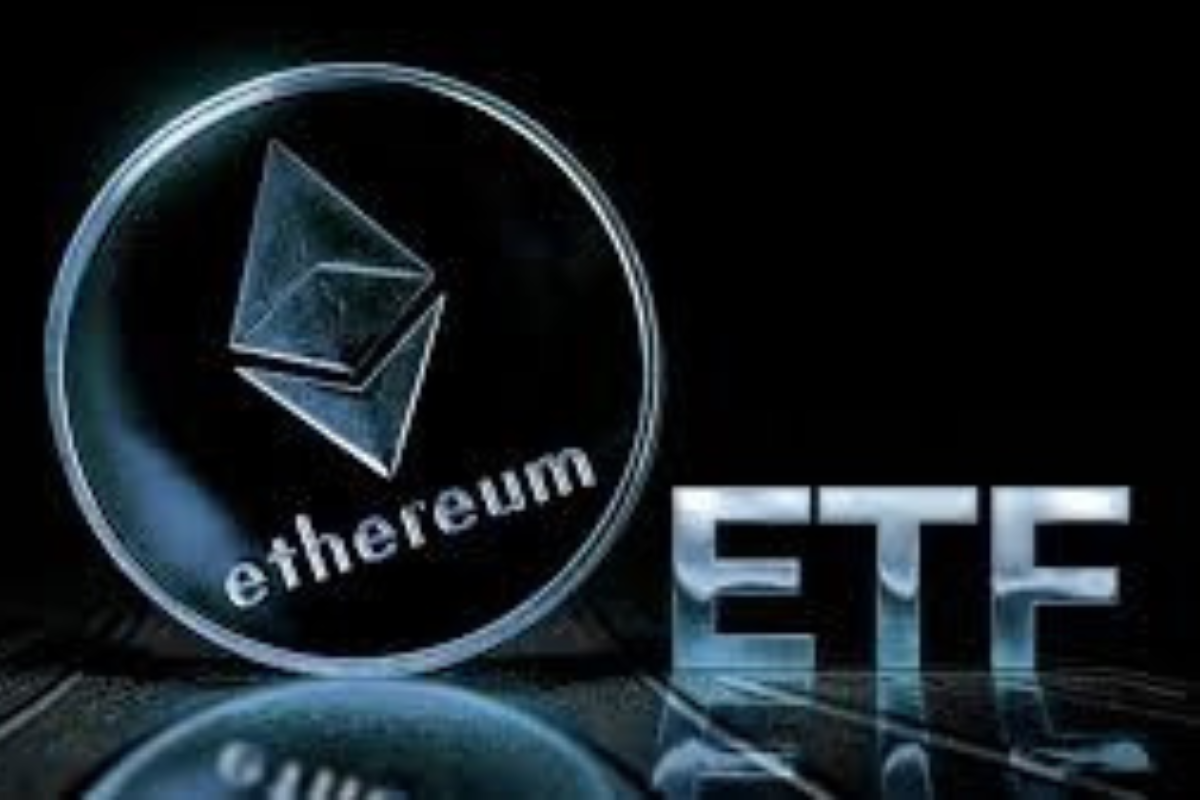
The financial landscape is rapidly evolving, with the integration of blockchain technology and cryptocurrencies becoming more prominent. Among these, Ethereum ETFs (Exchange-Traded Funds) have emerged as a significant investment vehicle, offering exposure to the Ethereum blockchain’s native cryptocurrency, Ether (ETH), without requiring direct ownership. However, it’s crucial to understand that Ethereum ETFs are distinct from the blockchain itself and serve different purposes in the investment world.
Understanding Ethereum and ETFs
Ethereum: A decentralized platform that enables the creation and execution of smart contracts and decentralized applications (dApps). It operates using its cryptocurrency, Ether (ETH), which fuels the network.
ETF (Exchange-Traded Fund): A type of investment fund that holds a collection of assets and is traded on stock exchanges. ETFs can include various asset classes, such as stocks, commodities, or bonds.
Ethereum ETFs: The Intersection of Traditional Finance and Cryptocurrency
An Ethereum ETF provides a way for investors to gain exposure to the price movements of Ether without directly purchasing the cryptocurrency. This is achieved through an ETF structure, where the fund holds assets linked to the value of Ether, and investors can buy shares of the ETF on traditional stock exchanges.
Key Features of Ethereum ETFs:
- Indirect Exposure: Investors gain exposure to Ether’s price changes without needing to manage or store the cryptocurrency themselves.
- Regulatory Compliance: Unlike the relatively unregulated cryptocurrency market, ETFs operate under the oversight of financial regulators, offering a layer of investor protection.
- Accessibility: Ethereum ETFs are available through traditional brokerage platforms, making them accessible to a broader range of investors.
Why Invest in an Ethereum ETF?
- Diversification: Including an Ethereum ETF in a portfolio can provide exposure to the cryptocurrency market, potentially enhancing diversification beyond traditional assets.
- Convenience and Familiarity: ETFs are a familiar investment product, simplifying the process of investing in cryptocurrencies.
- Professional Management: ETF managers handle the investment decisions, including the buying and selling of assets, which can be advantageous for those less familiar with the cryptocurrency space.
- Regulatory Oversight: ETFs are subject to regulatory scrutiny, potentially offering more safety and transparency compared to direct cryptocurrency investments.
- Potential for Growth: As the cryptocurrency market grows, ETFs linked to assets like Ether may benefit from rising prices.
Key Differences Between Ethereum and Ethereum ETFs
While both are related to the Ethereum blockchain, Ethereum itself and Ethereum ETFs represent different forms of investment:
- Ethereum (ETH):
- Direct ownership of the cryptocurrency.
- Full exposure to Ethereum’s features, including staking and network participation.
- Traded on cryptocurrency exchanges.
- Highly volatile and largely unregulated.
- Ethereum ETF:
- Indirect exposure through shares representing Ether’s value.
- Traded on traditional stock exchanges under regulatory oversight.
- Offers a more stable and familiar investment structure.
- Typically lower volatility compared to direct cryptocurrency ownership.
Future Considerations for Ethereum ETFs
The approval and launch of Ethereum ETFs mark a significant milestone in bringing cryptocurrencies closer to mainstream finance. They offer a convenient and regulated means for investors to gain exposure to the growing digital assets market. However, they also come with limitations, such as not allowing direct participation in the Ethereum ecosystem’s innovations, like dApps and smart contracts.
As the market evolves, we may see more sophisticated financial products that better capture the full potential of the Ethereum ecosystem. For now, Ethereum ETFs provide a balanced option for those interested in cryptocurrency exposure within the framework of traditional finance.
In conclusion, while Ethereum ETFs offer a gateway into the world of digital assets, they should be viewed as complementary to, rather than a replacement for, direct investment in the underlying blockchain technologies. Investors should carefully consider their investment goals, risk tolerance, and the unique attributes of both Ethereum and Ethereum ETFs when making investment decisions.
Source: blockchainmagazine.net
The post Ethereum ETFs Aren’t Blockchain But Is A Revolutionary Tech: Top 6 Amazing Reasons To Invest In Them appeared first on HIPTHER Alerts.
Blockchain
Nexo Reaffirms Commitment to Data Protection with SOC 3 and SOC 2 Compliance
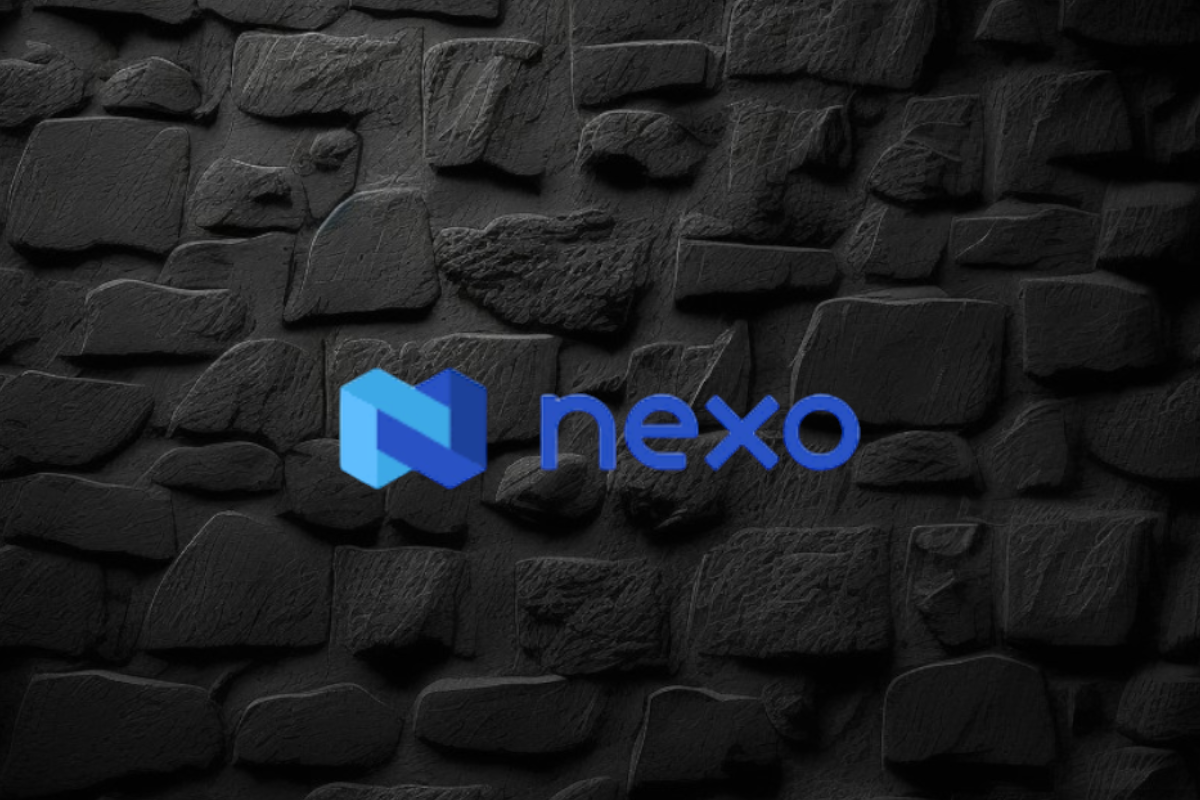
Nexo, a leading institution in the digital assets industry, has reinforced its commitment to data security by renewing its SOC 2 Type 2 audit and attaining a new SOC 3 Type 2 assessment without any exceptions. This rigorous audit process, conducted by A-LIGN, a respected independent auditor specializing in security compliance, confirms Nexo’s adherence to stringent Trust Service Criteria for Security and Confidentiality.
Key Achievements and Certifications
- SOC 2 and SOC 3 Compliance:
- SOC 2 Type 2: This audit evaluates and reports on the effectiveness of an organization’s controls over data security, particularly focusing on the confidentiality, integrity, and availability of systems and data.
- SOC 3 Type 2: This public-facing report provides a summary of SOC 2 findings, offering assurance to customers and stakeholders about the robustness of Nexo’s data security practices.
- Additional Trust Service Criteria:
- Nexo expanded the scope of these audits to include Confidentiality, showcasing a deep commitment to protecting user data.
- Security Certifications:
- The company also adheres to the CCSS Level 3 Cryptocurrency Security Standard, and holds ISO 27001, ISO 27017, and ISO 27018 certifications, awarded by RINA. These certifications are benchmarks for security management and data privacy.
- CSA STAR Level 1 Certification:
- This certification demonstrates Nexo’s adherence to best practices in cloud security, further solidifying its position as a trusted partner in the digital assets sector.
Impact on Customers and Industry Standards
Nexo’s rigorous approach to data protection and compliance sets a high standard in the digital assets industry. By achieving these certifications, Nexo provides its over 7 million users across more than 200 jurisdictions with confidence in the security of their data. These achievements not only emphasize the company’s dedication to maintaining top-tier security standards but also highlight its proactive stance in fostering trust and transparency in digital asset management.
Nexo’s Broader Mission
As a premier institution for digital assets, Nexo offers a comprehensive suite of services, including advanced trading solutions, liquidity aggregation, and tax-efficient credit lines backed by digital assets. Since its inception, the company has processed over $130 billion, showcasing its significant impact and reliability in the global market.
In summary, Nexo’s successful completion of SOC 2 and SOC 3 audits, along with its comprehensive suite of certifications, underscores its commitment to the highest standards of data security and operational integrity. This dedication positions Nexo as a leader in the digital assets space, offering unparalleled security and peace of mind to its users.
Source: blockchainreporter.net
The post Nexo Reaffirms Commitment to Data Protection with SOC 3 and SOC 2 Compliance appeared first on HIPTHER Alerts.
-

 Blockchain4 days ago
Blockchain4 days agoBinance Cleared to Invest Customer Assets in US Treasury Bills: What It Means for Crypto and Dollar Dominance
-

 Blockchain4 days ago
Blockchain4 days agoDeep Custodian Limited Obtains Hong Kong TCSP License, Authorized to Provide Compliant Crypto Asset Custody Services
-

 Blockchain Press Releases2 days ago
Blockchain Press Releases2 days agoBybit Web3 Livestream Explores Cultural Meme Coins and Other Trends
-

 Blockchain3 days ago
Blockchain3 days agoBlockchain Intelligence Group adds additional modules and launches its Certified Cryptocurrency Investigator – Advanced Series
-

 Blockchain Press Releases2 days ago
Blockchain Press Releases2 days agoBybit Surges to Second Place in Derivatives Market, Solidifying Position as Global Crypto Trading Leader
-

 Blockchain3 days ago
Blockchain3 days agoBitAngels Network Hosts Blockchain Pitch Competition in Nashville
-

 Blockchain4 days ago
Blockchain4 days agoCoinW Continues Expedition Trek And Double Down On Presence At ETH-Native Events
-

 Blockchain2 days ago
Blockchain2 days agoKevin O ‘Leary Addresses Crypto Investing, Ethereum ETFs, and SEC Chair in Recent Interview











